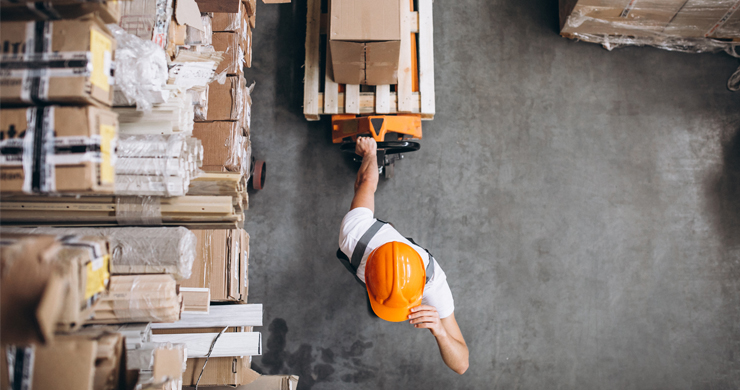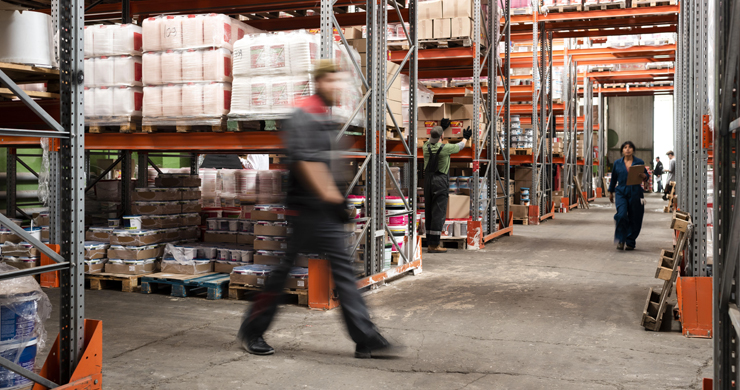Today we speak with Tomás Muñoz, CEO of Tomec Engineering Consulting, an automated systems integration consultancy specializing in logistics centers. With more than 15 years in the sector, Amazon is among its top clients, although it also carries out projects for sectors such as food, pharmaceuticals, and consumer goods. Its role is to automate logistics using mobile or traditional robotics.
How has the integration of technology in logistics warehouses changed over the years?
Traditional industry has always focused heavily on the process, and companies have realized that logistics is a very important part of it.
Logistics has changed over the years, with customers now demanding greater efficiency, more control, more data collection, etc. A management model is always necessary to ensure that the control aspect, which is what we do, works properly: from an order, a destination, or simply a weighing, knowing whether it is correct or not.
And it has evolved: from the large integrations that were done before, now we offer more customized solutions that are done in phases, in which the customer does not have to make a global investment all at once, but can adapt it according to their processes and also make it more scalable over time.
There are increasingly more innovative solutions to make customer operations more efficient. How sensitive are customers to the use of the latest available technology?
They used to be more reluctant to embrace automation; if something worked, they didn’t touch it. And while it’s true that they want to have the latest technologies, this is also partly due to increased absenteeism and staff shortages, which are also greater, so they feel somewhat compelled to use the latest technologies.
There is a change of mindset in terms of concern, interest, and, above all, the integration of the latest technologies, such as AMRs, or even introducing a little artificial intelligence or more complex automated systems, where you make decisions based on historical data or relying on other technologies such as AI or a more intelligent type of warehouse management.
Do you think AI will be the new pillar of logistics solutions?
AI is not the star super product, but it is a tool we can rely on. AMRs are now becoming popular because traditional logistics systems involving conveyors, belt conveyors, and so on took up a lot of space. With AMRs, we are seeing that scalability is much better. It’s about combining more traditional technologies with new ones without detracting from or favoring one over the other. You have to know how to use them.
What projects is Tomec Engineering currently working on?
We are currently working on several projects with Amazon, such as Amazon Airflow, which is an expansion of lines. We have two new projects with Amazon Logistics, which is a new type of warehouse that Amazon is creating, which is a bit of a cross between the large Amazon warehouse and the hub, a bit like the last mile, where orders will be more dynamic, faster, with a very high volume of daily orders.
We are also working with Consum in Murcia. And looking ahead, we have opportunities with a perfume distributor and will continue other projects with Amazon and Consum.
How important are R&D activities for Tomec Engineering itself?
We always have to be up to date with new technologies. When working with clients like Amazon, who always want the latest and greatest, we have to surprise them.
We must commit to new products or programming standards, which must always adapt to changing times and new customer demands for scarcity, orders, efficiency, precision, etc.
Our standard product, which is our flagship product and can be adapted to more or less all customers, is constantly being updated to provide better service in this regard. So R&D&I is always in constant flux.






